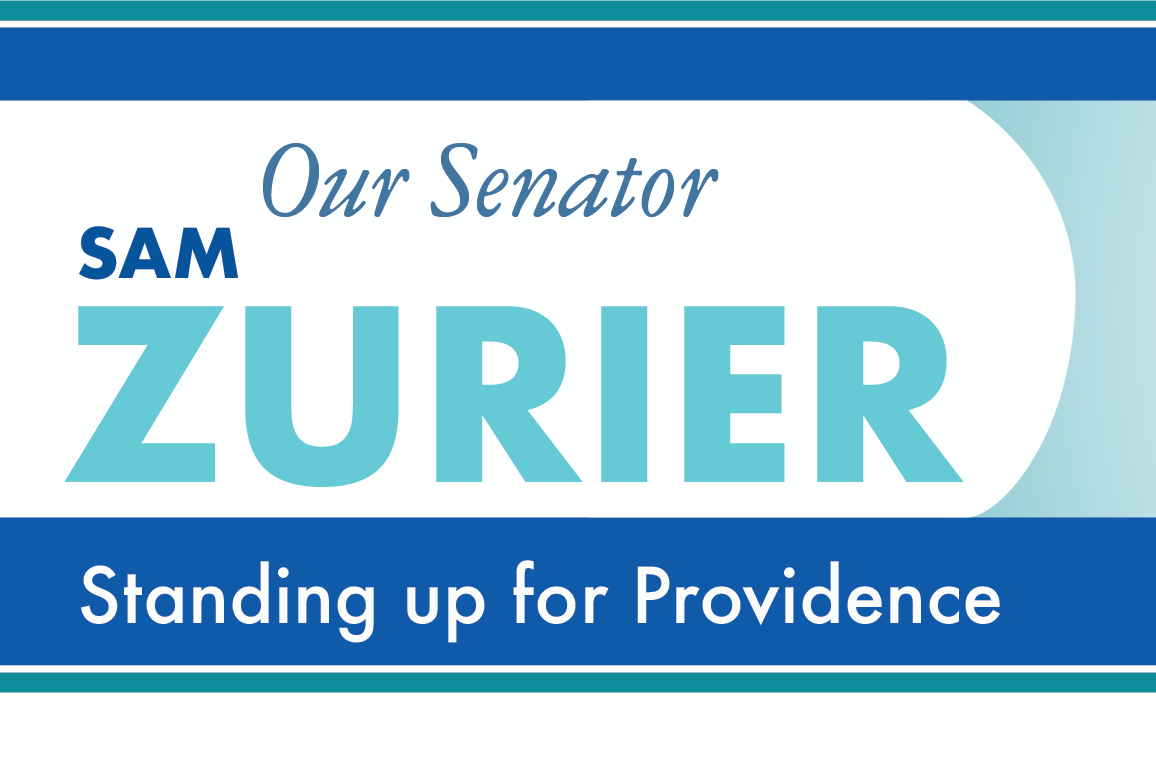I hope you find an opportunity this weekend to reflect on the contributions of the Reverend Dr. Martin Luther King, Jr. Though I was too young to appreciate the full scope of Dr. King’s work during his lifetime, I identify personally with much of his legacy, both from my legal training (which provides an historical context to Dr. King’s work during the Civil Rights Era) and my membership in the Jewish community, whose leaders joined those from other faiths to embrace Dr. King’s vision of the “beloved community.” This week’s letter will provide an update on the legislative redistricting process and discuss the housing shortage in the City and the State.
In a meeting on January 12, the General Assembly’s Redistricting Commission proposed new maps for the House of Representatives and the Senate that will govern the 2022 elections, As described in my December 9 letter, the maps for Senate District 3 (which it is my privilege to represent), reflect a reduction in the number of voters necessitated by facts that population had grown within the current District, and the impact of gentrification on District 6. In light of other constraints (such as the decision to avoid having a legislative district cross the Seekonk River), the Commission’s consultant developed maps that involve moving the boundary line between Districts 3 and 15 across the Providence/Pawtucket city line into the City of Providence. Under the Commission’s proposed Senate map, the Summit neighborhood will become part of District 15, which also includes the Oak Hill neighborhood in Pawtucket and is currently represented (in my opinion quite ably) by Senator Meghan Kallman. Senate District 15 would join three others (Districts 4, 7 and 28) that share Providence with a neighboring community (North Providence, Johnston and Cranston, respectively). As I described in my December 9 letter, I decided not to micromanage the redistricting process, and I am ready to vote in favor of the Redistricting Commission’s Senate map, as it preserves within District 3 its essential identity of Providence East Side residents. With that said, I will not make a final decision until I listen to testimony and comments from the public when the General Assembly as a whole conducts hearings and votes on these maps in the coming weeks.
A consensus is building that the General Assembly will use the American Rescue Plan Act (ARPA) funds to make a substantial investment in affordable housing, although the amount and character of that investment will require significant investigation and deliberation. I believe that Rhode Island Foundation’s Make It Happen Report, which proposes a $405 million investment in a combination of rental housing, supportive housing and homeowner assistance, offers some valuable proposals and suggestions, including the need to allocate $5 million to build a sufficient governmental infrastructure to ensure the proper development and implementation of a program. The Make It Happen Report acknowledges that it is only providing a vision, not a program, and from a discussion I had with one of the report’s authors, I have come to believe that any successful housing program will require a strategic planning process of several months. This may create a time squeeze, given that (1) it takes years to acquire land, design and construct affordable housing, (2) any strategic planning process cannot begin until the General Assembly appropriates funds and approves a general program design and (3) the ARPA program requires all funds to be “committed” by September 30, 2025 and spent by September 30, 2026. For these reasons, I will advocate for the planning portion of any affordable housing program begin as soon as possible (rather than wait until the end of the General Assembly session or even later), but this goal may conflict with other priorities before the General Assembly.
